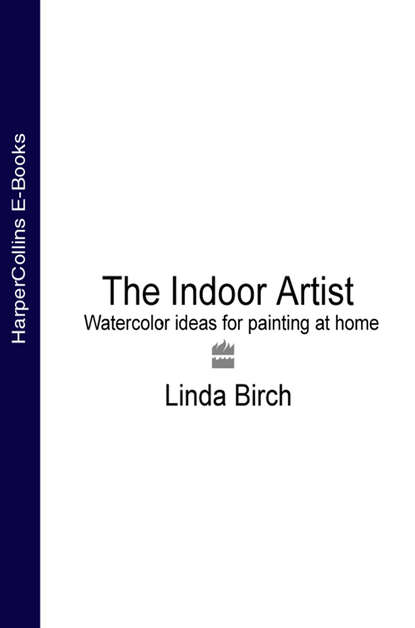По всем вопросам обращайтесь на: info@litportal.ru
(©) 2003-2024.
✖
The Indoor Artist
Автор
Год написания книги
2018
Настройки чтения
Размер шрифта
Высота строк
Поля
Spend time watching your subject before you draw. See if you can if pinpoint a particular movement you want to catch, then pick up a large sheet of drawing paper and start to draw – fast, as this way you won’t have time to think or become nervous. When the figure changes position, start another drawing. Work on until your sheet is filled with half-finished studies. Eventually a figure will return to the first position you drew, then another, and so on. You should then be able to complete each or most of the studies. Working like this will give you not only practice in capturing movement but also studies of figures that can be used later in a painting.
I had a lot of fun drawing a sumo wrestling match on television. The two giant figures were a fantastic mass of curves and folds as they struggled with each other.
Working from a video
Working from a video is even more useful, since you can ‘freeze’ movement in order to study and draw it. You can even draw over the forms on the screen with tracing paper. I did this once when I needed reference for a coach and horses for a book I was illustrating.
These sketches were made from a televised horse show.
There are many videos available on the subject of wildlife. Use them to further your knowledge of animal anatomy and as direct reference sources for paintings. The Internet is also a good source of reference for almost anything you need.
I adapted one of my sketches into a composition using gouache and watercolour, incorporating a background from another source.
I made several sketches from a video about bears with the idea of using them for a painting.
PROJECT
PAINT A PICTURE FROM A VIDEO
Adapt a landscape from a video. It can be any scene that appeals to you, whether mountain, desert, forest or rolling meadows.
Make a painting of people or animals from another source, choosing subjects that will not look out of place in your landscape.
Now combine elements of both paintings, setting the animals or figures within the landscape. Adaptations like this will prevent straightforward copying and help you decide what it is you wish to say in your painting when you plan its composition.
LOOKING AT SHAPE AND FORM
Middle East Street
20 × 30 cm (8 × 12 in)
The strong sunlight of this Middle Eastern scene causes dark shadows which help to link the composition together.
The three-dimensional form that makes a painting convincing is created by light and shadow, depicted as tone and colour. Simplifying objects to geometrical shapes and studying the way the light falls upon them will help you to render their structure and volume, while varying the source and strength of lighting in a painting will create very different atmospheres and moods.
Shadows are a vital part of picture-making, and they don’t have to be grey. Awareness of the colour in shadows is important, and easy once you understand some simple colour theory. Equally important is considering the shapes between the objects, which play just as large a role in the composition as the objects themselves.
UNDERSTANDING FORM
By simplifying objects to basic geometric shapes you can more easily observe the effects of light and shadow that describe the volume of their form. Almost anything can be reduced to a sphere, a cone, a cylinder or a cube. Once you look for these elemental shapes, you will be able to tackle even the most complicated forms with confidence.
Using shapes together
Once you have accustomed yourself to seeing objects as geometric shapes, you can easily add them together. Try reducing a tree to a simple sphere sitting on a tube, for example; this is the basic structure and volume of most trees, especially when they are in full leaf. Simplifying the form will help you to realize the volume a tree possesses. Within its outer spherical shape are numbers of smaller round shapes, which become the foliage masses. Shapes will obviously vary with the type of tree, but if you are aware of this basic underlying form it will help you paint trees and foliage more successfully.
A sphere: a rose
A cone: a seated dog
A cube: a house
A cylinder: a bottle
These elemental forms will help you construct more complicated drawings.
Вы ознакомились с фрагментом книги.
Приобретайте полный текст книги у нашего партнера:
Приобретайте полный текст книги у нашего партнера:





